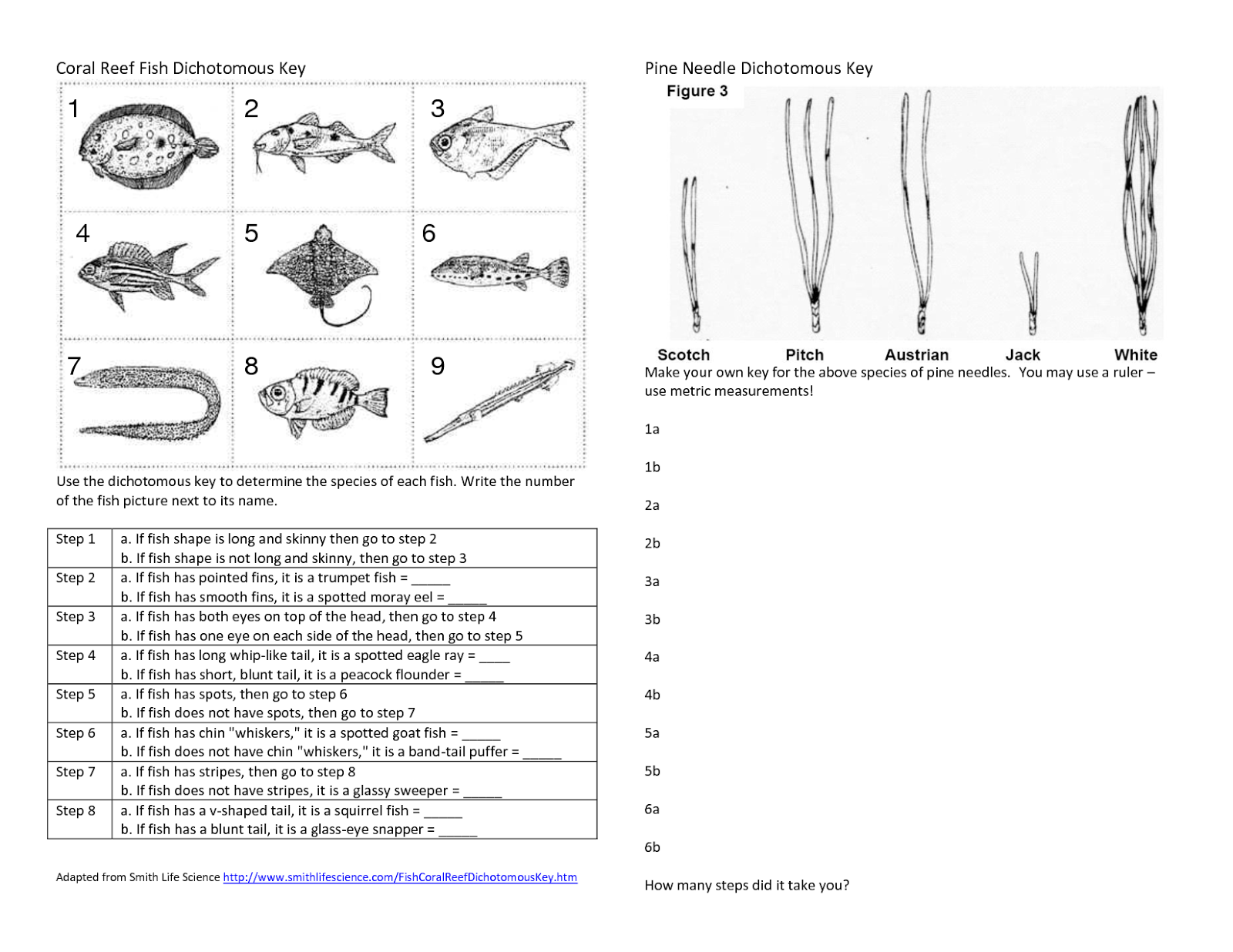n
n
n
n
n
nIsnit a pansy or a petunia? A rose or a rhododendron?
n
n
n
nAndnwhich flowering plants are closely related to one another?
n
n
n
nAsnlong as people have been people, they knew a lot about plants. Theynclosely studied the leaves and flowers, cones and barks, roots andnfruits of plants, and they discovered the food and medicine value ofnthe various parts of plants. People passed on this knowledge tonyounger generations verbally and, once writing was invented, throughnwritten texts.
n
n
n
n Centuriesnago, scientists began to codify this “folk knowledge” that hadnbeen passed on from parents to children to grandchildren. They begannto categorize things more exactly, and they began to name thingsnscientifically. I’m sure you get that the same plant has differentnnames in different languages: a rose may be warda, roz,nroos, bunga mawar, gul, or ruusu,ndepending on where you live and what language you speak –nbut it will still, as Shakespeare pointed out, smell as sweet. Butnonce scientists gave the rose one scientific name (in this case genusnRosa), everyone could communicate more easily. (Specific typesnof roses have different species names: Rosa majalis, Rosanmoschata, Rosa woodsii, and so on.)
Centuriesnago, scientists began to codify this “folk knowledge” that hadnbeen passed on from parents to children to grandchildren. They begannto categorize things more exactly, and they began to name thingsnscientifically. I’m sure you get that the same plant has differentnnames in different languages: a rose may be warda, roz,nroos, bunga mawar, gul, or ruusu,ndepending on where you live and what language you speak –nbut it will still, as Shakespeare pointed out, smell as sweet. Butnonce scientists gave the rose one scientific name (in this case genusnRosa), everyone could communicate more easily. (Specific typesnof roses have different species names: Rosa majalis, Rosanmoschata, Rosa woodsii, and so on.)
 Centuriesnago, scientists began to codify this “folk knowledge” that hadnbeen passed on from parents to children to grandchildren. They begannto categorize things more exactly, and they began to name thingsnscientifically. I’m sure you get that the same plant has differentnnames in different languages: a rose may be warda, roz,nroos, bunga mawar, gul, or ruusu,ndepending on where you live and what language you speak –nbut it will still, as Shakespeare pointed out, smell as sweet. Butnonce scientists gave the rose one scientific name (in this case genusnRosa), everyone could communicate more easily. (Specific typesnof roses have different species names: Rosa majalis, Rosanmoschata, Rosa woodsii, and so on.)
Centuriesnago, scientists began to codify this “folk knowledge” that hadnbeen passed on from parents to children to grandchildren. They begannto categorize things more exactly, and they began to name thingsnscientifically. I’m sure you get that the same plant has differentnnames in different languages: a rose may be warda, roz,nroos, bunga mawar, gul, or ruusu,ndepending on where you live and what language you speak –nbut it will still, as Shakespeare pointed out, smell as sweet. Butnonce scientists gave the rose one scientific name (in this case genusnRosa), everyone could communicate more easily. (Specific typesnof roses have different species names: Rosa majalis, Rosanmoschata, Rosa woodsii, and so on.)n
n
n
nToday’snfamous birthday contributed to those early attempts to categorize andnname plants. Augustus Quirinus Rivinus, also called AugustusnBachmann, was born in Germany on this date in 1652. He became andoctor of medicine, and he also studied botany and astronomy. Henbecame a professor of pathology (the study of disease), physiologyn(the study of living systems), and botany (the study of plants). Henwas put in charge of his university’s medical garden.
n
n
n
nItnwas Rivinus who first consistently used genus and species names, suchnas the scientific rose names discussed above. Carl Linnaeus gotncredit for the naming scheme we currently use for organisms, andnLinnaeus used several of Rivinus’s innovations.
n
n
n
nAnothernthing that Rivinus promoted through his use was the dichotomousnkey. This sort of key is useful for people to determine the identitynof an animal, plant, or other organism. There are a series of stepsnwith just two choices; when the user makes her choice, she nbranches to another question with two choices. This process goes onnand on until she arrives at the name of the organism she is trying tonidentify.
n
n
n
n
- n
- Checknout this example of an online dichotomous key.
n
n
n
n
n
- n
- Herenand here are more dichotomous keys you can explore.
n
n
n
n
n
- n
- Learnnhow to make a dichotomous key at Enchanted Learning.
n
n
n
n
n
 |
| It can be fun to make a dichotomous key for your own imagined fantasy creatures! |
n
n
n
n
n
nAlsonon this date:
n
n
n
|
n
n |
n
n
n
nAnniversary of a car-sized space acorn crash-landing???
n
n
n
n
n
n
nIndependencenand Republic Day in Tanzania
n
n
n
n
nChildren’snauthor Joel Chandler Harris’s birthday
n
n
n
n
n
n
n
n
n
n
n
n
nWearynWillie Day
n
n
n
n
n
n
n
n
n
n
n
n
n
n
n
n
n
n
n
n
n
n
n
nPlannahead:
n
n
n
nChecknout my Pinterest pages on:
n
- n
-
n
-
nDecembern birthdays
n
- Historicaln anniversaries in December
nn
n
n
n
nAndnhere are my Pinterest boards for:
n
- n
-
n
-
nJanuaryn birthdays
n
-
n
n
n
n
n
n
n
n























